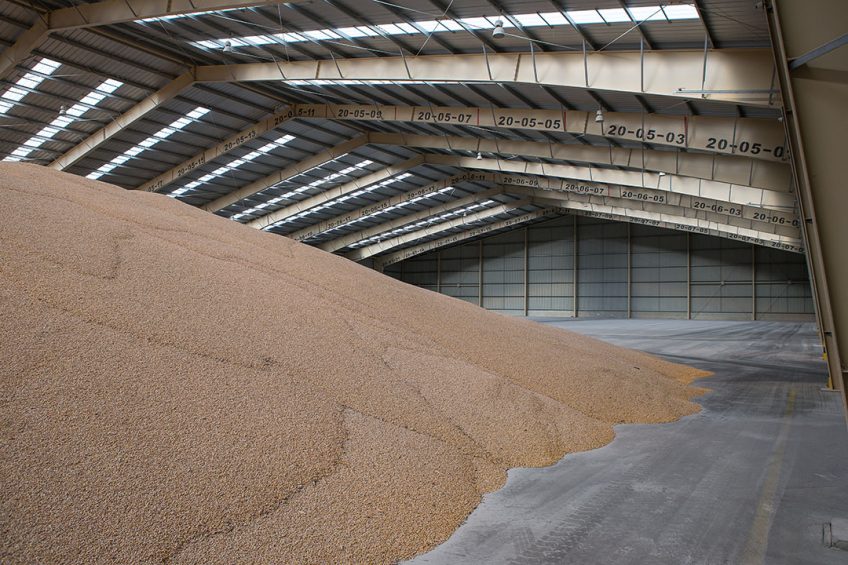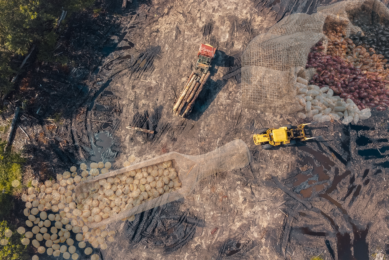Brazil: Grain harvest record for the 3rd consecutive year

Brazil forecasts to achieve 264.8 million tonnes of grains this season 2020/2021, which means 3% higher than last 2019/2020 harvest. Soybean is the main crop and represents about 50% of the entire production
According to the 4th Grain Crop Survey of the National Supply Company (Conab), the country will produce 7.9 million tonnes of grains more this year than the 256.94 million tonnes for the last season. If confirmed, it will be the 3rd consecutive record year ever recorded.
Increasing soybean harvest
With an area increase of 3.4%, the soybean harvest may reach 133.7 million tonnes. The oilseed is the main cultivated crop and represents about 50% of Brazilian grain harvest. The oilseed harvest has already started in Mato Grosso, the main soybean producer. The state might reach 35.43 million tonnes. This would mean a slight drop compared to the previous harvest, despite the expectation of an increase in the planted area.
The result is a reflection of the lower productivity estimate, as climate conditions of 2019/2020 were worse this season. Due to that, in Mato Grosso, only 2.23% of the area had been harvested by late January, less than 14.42% registered in the same period of 2020, according to Imea (Agricultural Economy Institute of Mato Grosso).
Corn production of 102.3 million tons
Another outstanding grain is corn. With total production estimated at 102.3 million tons, the first harvest of the cereal is expected to fall by 6.9%. Drought during the seeding and growing at the “first crop” influenced productivity, especially in the south of the country. Brazil has 3 harvests each 12 months.
In Rio Grande do Sul state, a decrease is estimated at 11% for the first crop. As a result, production tends to be 9.3% lower regarding the entire state production. In Santa Catarina, the impact reached 14% and 12.7% respectively. In both states, the area destined for planting the grain is expected to grow.
Low availability of raw material
Climate problems have concerned Brazilian farmers and industries. At Paranaguá port (PR), for instance, the line-up indicates that ships may start arriving in the first 10 days of February. As a result, trading companies began to negotiate new schedules with international purchasers. This scenario may keep supply low in the mid and long-terms in Brazil.
Despite record production, Brazilian industry is focused on the low availability of raw material. For the time being, crushing companies are operating with grains in stock. These players also have contracts to receive, likewise contracts of soybean meal and oil to be realise, and Brazil´s internal demand also is strong. In São Paulo, some cooperatives are receiving small volumes of soybean and grain from the new season. The industry reports they not received the product yet, so players are refrained from trades involving byproducts.
Prices
Soybean prices increased in the Brazilian market in January, due to the higher export premiums and the dollar appreciation. Between December 30 and January 29, CEPEA/ESALQ Index Paraná closed at R$ 165.72 (US$ 30.22 USD) per bag, 14.38% up in the same comparison.
Regarding corn, the ESALQ index rose by 5.96%, closing at R$ 83.34 (US$ 15.20 USD) per 60-kilo bag on January 29. On January 20, the Index closed at 85.44 BRL/bag near to the historical record of 87.35 BRL registered on November 2007.











